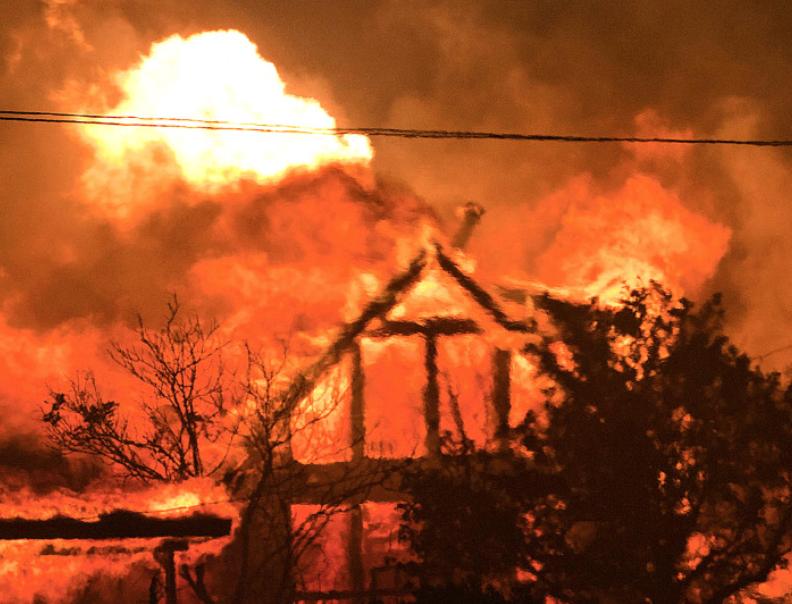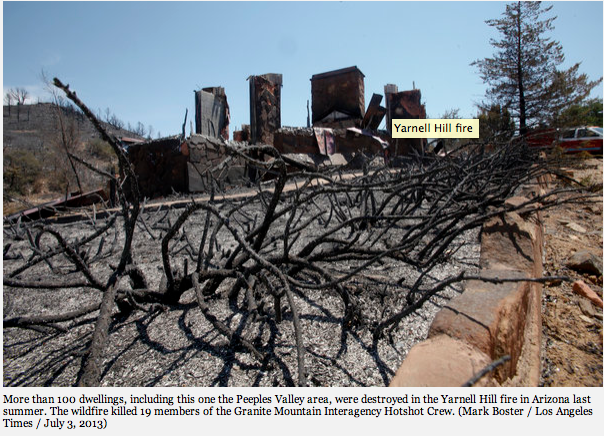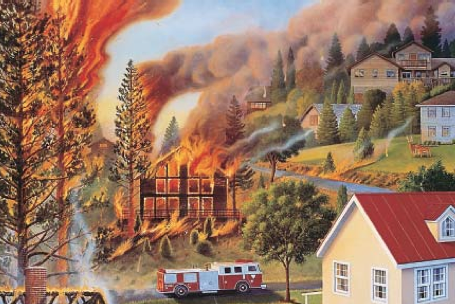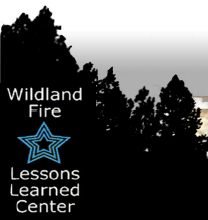Why is wildfire mitigation so important? Check out the Colorado Springs Gazette’s conversation with two wildfire experts for their insights on the importance of wildfire mitigation in the wildland-urban interface and how the lessons from the Black Forest Fire can be used to help us better prepare for the next major wildfire.





